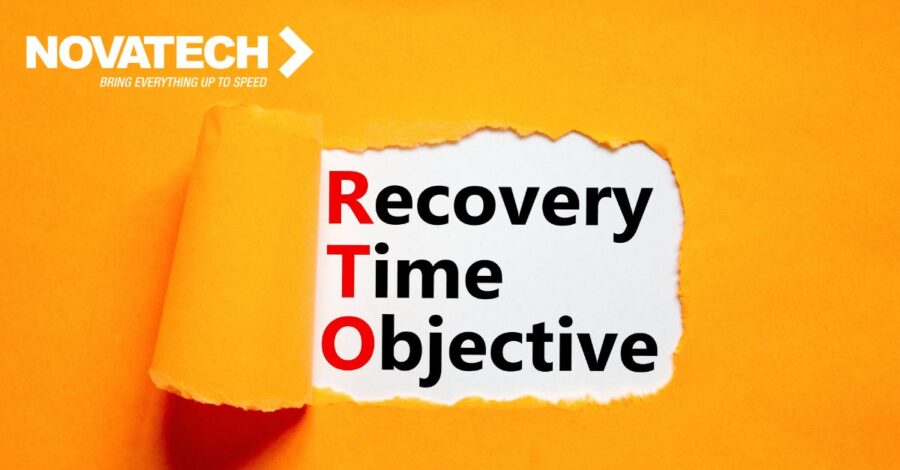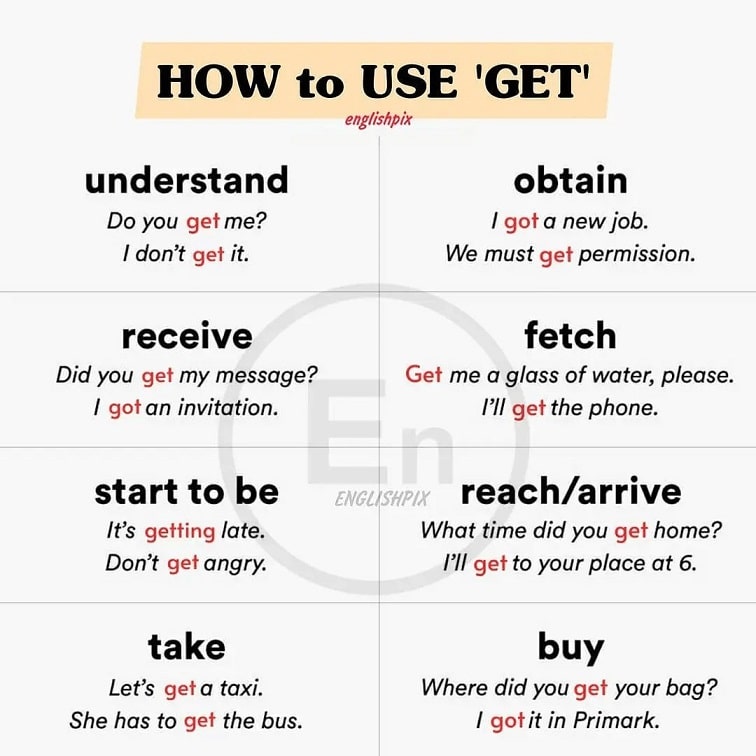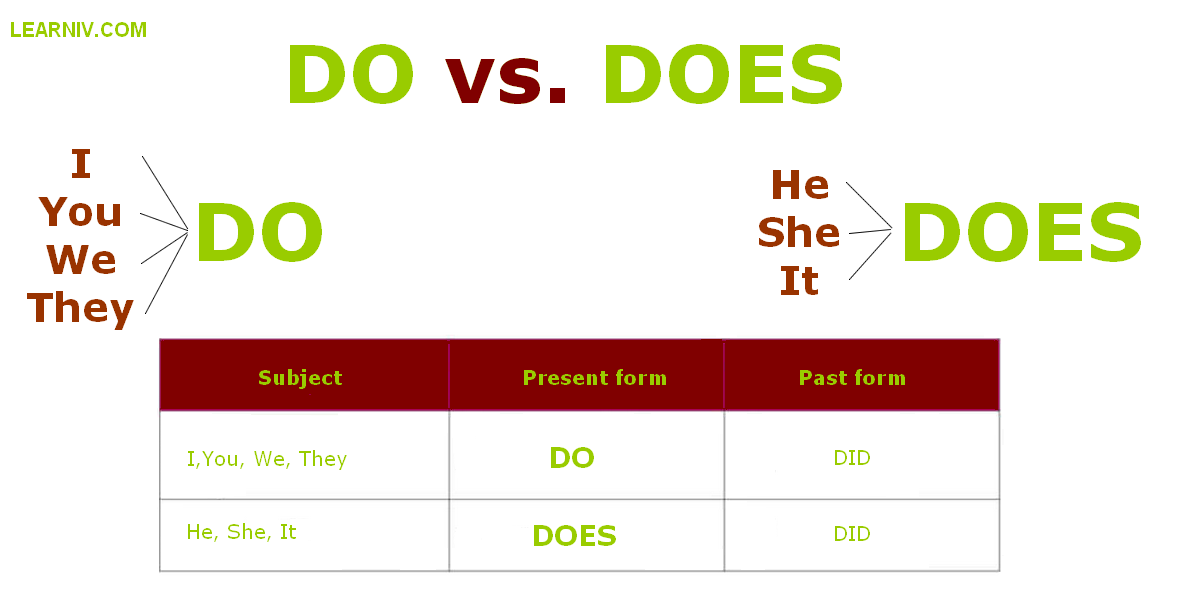Unlocking Priorities: Why People Make Time for What Matters Most
Understanding the Power of Priorities
The phrase “people make time for what they want” captures a fundamental truth about human behavior: we all have the same 24 hours in a day, yet we consistently find ways to fit in what matters most to us. This often becomes evident in relationships, work, and personal pursuits. If something or someone is a true priority, we’ll adjust our schedules and make sacrifices to accommodate them, whether that’s making time for family, pursuing a hobby, or nurturing professional growth [1] .
Why Do People Make Time for What They Want?
Time is a limited resource, and how we spend it reflects our values and priorities. People naturally gravitate towards activities, relationships, and goals they care about. For example, if you’re passionate about learning a new skill, you’ll carve out time in your week, even if it means saying no to other commitments. This principle also applies to social interactions – if someone regularly makes time for you, it’s a strong indicator that you’re important in their life [2] .
Conversely, if someone claims to be “too busy” but consistently finds time for other things, this often reveals their real priorities. It’s not about having time; it’s about making time for what matters [3] .
How to Identify and Set Your True Priorities
To align your schedule with what you value most, follow these proven steps:
1. Define What Matters Most
Start by reflecting on your core values and long-term goals. Ask yourself what truly brings you fulfillment and satisfaction. Is it building stronger relationships, advancing your career, improving your health, or exploring creative passions? Writing down your priorities can help clarify what should take precedence in your daily routine [1] .
2. Break Down Big Goals Into Manageable Steps
Large goals can feel overwhelming. To avoid procrastination, break them into smaller, actionable steps. For instance, if you want to learn a language, start by dedicating 15 minutes a day to practice. This approach makes progress more tangible and achievable.
3. Rank and Balance Your Commitments
Not all tasks have equal importance. Use a priority matrix or simple ranking system to determine which activities deserve your time and attention. Remember to balance work, relationships, and self-care – neglecting one area can lead to burnout or dissatisfaction [2] .
4. Time Blocking and Calendar Management
Reserve specific periods in your calendar for high-priority activities. By scheduling time for these tasks, you’re more likely to follow through and less likely to let them be crowded out by lower-priority obligations. For example, set aside evenings for family or weekends for personal development [1] .

Source: thelifesynthesis.com
Examples of Prioritizing What You Want
Consider these real-world scenarios where people actively make time for what matters:
- Family Commitments: Parents often rearrange hectic schedules to attend their children’s events, demonstrating that family is a top priority.
- Health Goals: Those serious about fitness will wake up early or exercise after work, even when busy.
- Career Advancement: Professionals seeking growth may enroll in online courses or networking events, sacrificing leisure time for future benefits.
- Relationships: Friends or partners who value their connection will reach out, plan visits, or stay in regular contact, even across distances [3] .
Overcoming Obstacles in Making Time
Despite best intentions, obstacles can arise:
- Overcommitment: Too many obligations can dilute focus. Learn to say no to requests that don’t align with your top priorities.
- Guilt: Some feel guilty declining invitations or requests. Remember, setting boundaries is essential for well-being and effectiveness [4] .
- Distractions: Digital devices and social media can consume time unintentionally. Use app blockers or designated “no-device” times to reclaim control of your schedule.
If you struggle to make time for what matters, try these solutions:

Source: medium.com
- Audit your weekly activities to identify time-drains.
- Set clear boundaries with work and social obligations.
- Communicate your priorities to others, so they understand your boundaries.
How to Be Someone Others Make Time For
Making time is a two-way street. If you want others to value your presence, cultivate habits that encourage meaningful connections. Practice active listening, ask thoughtful questions, and be genuinely interested in others’ experiences. These behaviors make people feel valued and increase the likelihood they’ll reciprocate your efforts [3] .
It’s also important not to take others’ time for granted. When someone prioritizes you, express appreciation and respect their commitment.
Alternative Approaches to Time Management
There isn’t a one-size-fits-all solution for managing priorities. Alternative strategies include:
- Minimalism: Reduce possessions and obligations to free up time for what truly matters [2] .
- Monk Mode: Temporarily cut out distractions or non-essential activities to focus on a single major goal [5] .
- Delegation: Outsource tasks that don’t require your direct attention so you can concentrate on high-impact areas.
Step-by-Step Guide to Making Time for What You Want
- List your top 3-5 priorities.
- Track your current time usage for one week. Use a journal or time-tracking app.
- Identify activities that don’t align with your main priorities.
- Eliminate or delegate low-priority tasks.
- Block time on your calendar for your top priorities. Treat these appointments as non-negotiable.
- Communicate your boundaries and plans to those around you.
- Review and adjust your schedule weekly. Make changes as your priorities evolve.
For additional guidance, consider searching for time management resources through reputable organizations such as the American Psychological Association or your local library. If seeking professional help, certified productivity coaches can provide tailored strategies (look for credentials and verified client reviews).
Potential Challenges and How to Overcome Them
It’s common to face setbacks, such as unexpected emergencies or shifting responsibilities. When this happens, revisit your priority list and adapt as needed. Flexibility is vital, but regular reflection ensures you remain aligned with your core values. Don’t be discouraged by temporary lapses – what matters is your long-term commitment to what you value most.
Key Takeaways
The core principle remains: people make time for what they want , and understanding this can empower you to make more intentional choices. By clarifying your priorities, setting boundaries, and using proven time-management techniques, you can consistently align your daily actions with what truly matters. Remember, it’s not about having time, but about making time for what’s important – for yourself and for those you care about.
References
- [1] Lifehack (2025). People Make Time For What They Want – And You Should Too.
- [2] Minimalism Basics (2022). People Make Time For What They Want.
- [3] Yesware (2021). How to Be the Type of Person People Make Time For.
- [4] Nir and Far (n.d.). People Make Time for What They Want – Rightfully So.
- [5] Niels Bohrmann (n.d.). People Make Time for What They Want.
MORE FROM mumsearch.com













